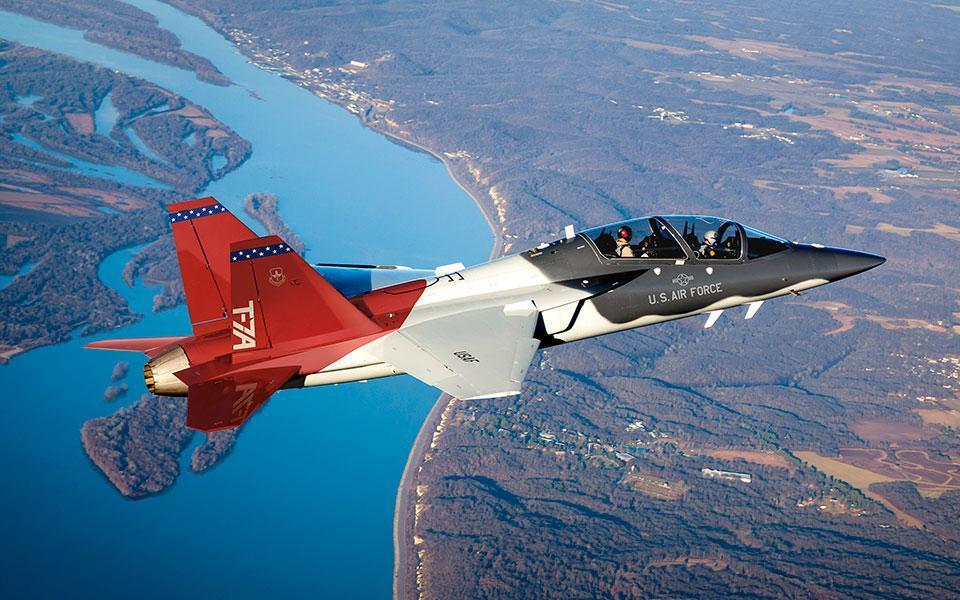
T-7A
Credit: Boeing
DUBAI—Boeing plans to release a strategy soon for adapting the T-7A for new missions after the trainer jet enters full-rate production, but several changes—including a switch to a classified infrastructure—are needed for the Red Hawk to perform an emerging “surrogate” mission and become an...
Subscription Required
This content requires a subscription to one of the Aviation Week Intelligence Network (AWIN) bundles.
Schedule a demo today to find out how you can access this content and similar content related to your area of the global aviation industry.
Already an AWIN subscriber? Login
Did you know? Aviation Week has won top honors multiple times in the Jesse H. Neal National Business Journalism Awards, the business-to-business media equivalent of the Pulitzer Prizes.
